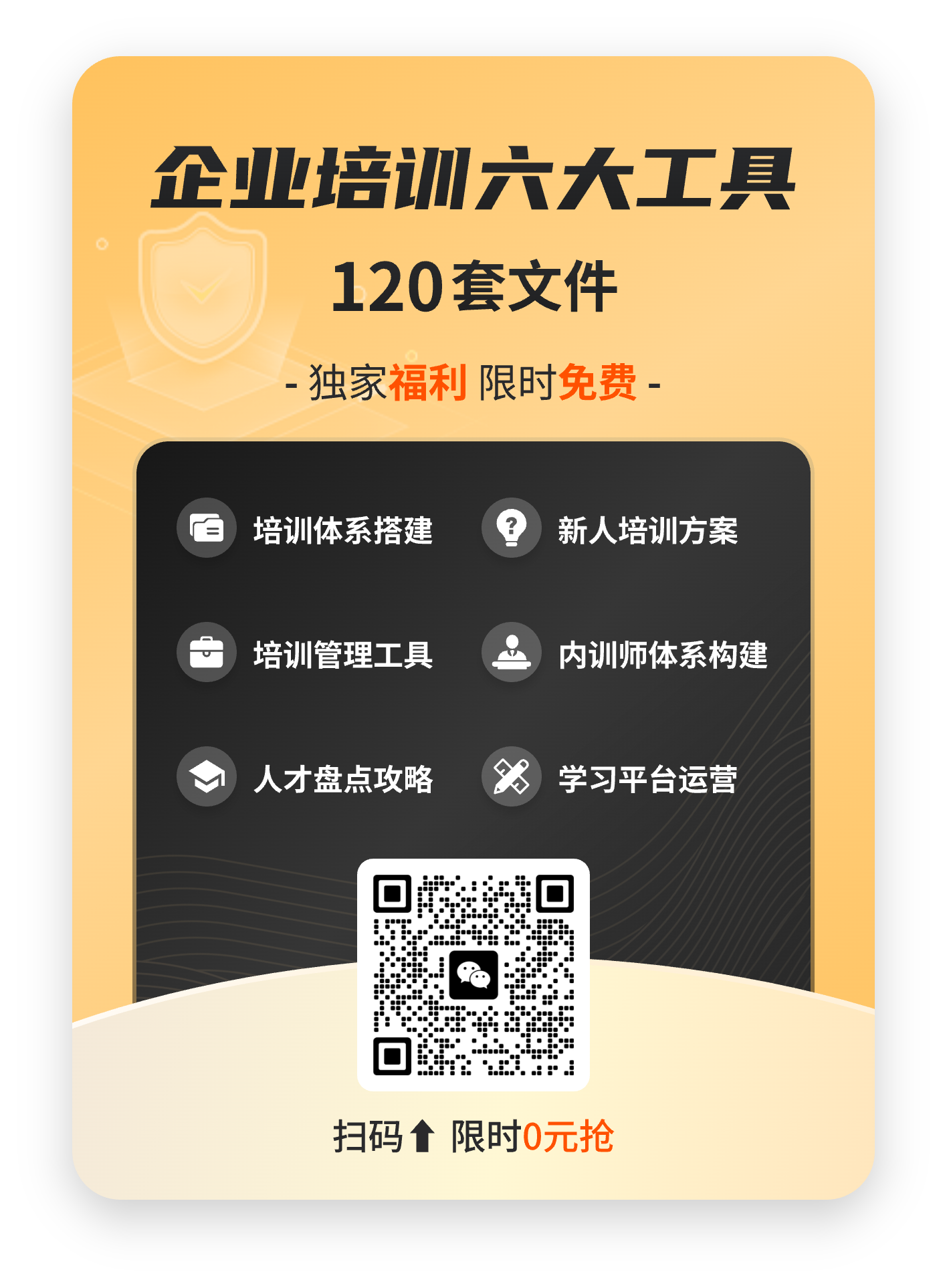For many of us, the conversation around mobile learning has shifted from asking whether mobile devices present educational opportunities to how they might best do so.
对于很多人来说,围绕移动学习的谈话已经从咨询移动设备是否能够提供教育机会转移到他们该如何进行移动学习这一问题上。
From that second question, a new initiative has been launched: SMILE, the Stanford Mobile Inquiry Learning Environment, an idea, which, in practice, is almost staggeringly simple. Essentially, SMILE is a learning management system that allows students to create, share, answer, and evaluate questions in a collaborative manner through the use of cell phones.
就第二个问题,斯坦福大学推出一项新的举措:SMILE(Stanford Mobile Inquiry Learning Environment)—斯坦福大学移动探究性学习环境,这一举措实际上几乎是惊人的简单。从本质上讲,SMILE是一个学习管理系统,让学生通过手机以合作的方式创建、共享、回答并且评估问题。
Students use mobile devices — typically android phones that are connected to the same network — to create their own multiple-choice questions about a given topic. Their classmates answer those questions, and evaluate them based on their difficulty. While the devices need to be connected to each other, they don’t necessarily need to be connected to the outside Web, which is a key issue for some communities around the globe, said Paul Kim, the assistant dean and chief technology officer of Stanford University’s Office of Innovation & Technology and SMILE’s creator.
学生使用移动设备(通常是连接到同一网络的Android手机)对一个既定的主题自己创建多项选择题。他们的同学回答这些问题,并根据困难程度对其进行评估。斯坦福大学创新及科技学院院长助理兼首席技术官、SMILE的创始人Paul Kim说道,虽然需要互相连接设备,但不一定需要连接到外部网络,而对世界各地其他一些社区来说,外部网络连接是一个关键性问题。
The drive to make questions that score higher on their peers’ difficulty index ultimately spurs students to think about the subject material in a deeper way, Kim says. And while there are some shortcomings—such as the lack of allowance for longer-form responses like written answers and essays, and a reliance mostly on more simple content elements such as texts and still photographs—the system’s simpleness allows it to be used in a variety of educational environments, ranging from a rural village in southern Africa to a medical school classroom at Stanford itself.
创建在同龄学生中困难指数高的问题激励学生对材料内容进行更深入的思考,Kim说。虽然有一些不足之处,如缺少较长形式的像书面答案或论文的回答,主要依赖更简单的内容元素,如文本和图片,但是系统的简洁性反而使它能够在不同的教育环境中运用,包括从非洲南部乡村学校的教室到斯坦福大学自身的医疗学院教室。
But creating such a project is one thing. Actually putting it into practice is another. So Kim, who has also helped launch SMILE in India, Argentina, and suburban Northern California, shares some of his tactics and lessons learned about how best to launch this project even in communities that are unlikely to have Internet access — or sometimes even electricity.
但是,建立一个这样的项目是一回事,实际上付诸实践是另一回事。因此Kim帮助印度、阿根廷和加州北部的郊区创建了SMILE,并就如何在没有网络连接,甚至连电都没有的地方创建这个项目分享了他的一些策略和经验。
USE EXISTING TOOLS
使用现有的工具
Despite reaching out to poor and particularly rural communities around the world, Kim and his team have striven to use as many already-existing resources as possible, even if the devices themselves have to be procured. For example, for a power source on a SMILE pilot project in a remote Indian location with little access to electricity, Kim’s team used the batteries commonly found in motorcycles and rickshaws. Another SMILE project in Southeast Asia is adapting the software for use on tablets students already have through a government initiative. Even SMILE’s central premise—using children rather than a curriculum to create questions—fits the use-the resources-you-have approach.
虽然SMILE已经覆盖到全球各地的贫困地区,特别是农村社区,Kim和他的团队仍旧在一直努力,尽可能的使用现有的设备资源,即使这些设备也需要采购。例如,对一个印度缺乏电力资源的偏远地区SMILE的试点项目,Kim的团队使用摩托车和人力车中常见的电池。另一个东南亚的SMILE项目,改编其软件使其适用于学生现有的政府提供的平板电脑。即使SMILE的中心前提“让孩子而不是课程创建问题”也适用于“现有资源的使用”。
“Try not to bring in anything new, because you’re not going to find anybody who can service,” devices brought in from the outside, he said. “You’re not going to find any replacement parts. So you have to work with what is already out there, and that was my conclusion.”
“不要创建任何新的东西,因为你不会找到能够提供服务的人” 他说,从外面引进的设备,“你找不到任何替换零件。所以,你必须利用现有的资源,这就是我的结论。”
ALWAYS PLACE CONTENT IN CONTEXT
始终把内容放在情境中
Part of why SMILE appears to work in under-served communities is because using student questions makes a shortage of content access less important. And as the project has grown, the launch of Global SMILE will provide another workaround for sites with Web access, since it will archive and curate the best student-created questions, and making them available to users worldwide.
SMILE为何会能够在缺乏相关服务的社区出现的原因之一就是因为学生的提问使得对获得内容的需求就不那么重要。随着项目的发展,全球SMILE项目的创建将为网站提供另外一种网络连接的解决办法,将把学生最好的问题归档并进行展示,使全球用户都可以看得到。
But in this initiative, as well as any other aiming to reach diverse student populations, Kim says it is important to keep any content in a context that make sense in the world in which the students live. That can be easier said than done when simple Western essentials like running water and toasters are non-existent in a rural African student’s life.
Kim说,但在这一举措以及任何其他致力于覆盖全球的不同学生群体的举措中,保持任何内容都适合世界各地的学生生活的环境非常重要。说起来容易做起来难,简单的像西方的自来水和烤面包等必需品对非洲农村的孩子来说根本不存在。
For example, “if you are using books that talk about microwave ovens and blueberry cakes baked from the oven,” Kim says, “it doesn’t make sense in a rural village setting.”
Kim说,例如,如果你使用讨论微波炉以及微波炉烤出来的蓝莓蛋糕的书籍,这种情况在非洲农村就不能适用。
EMBRACE SECULAR AND RELIGIOUS PARTNERS
接受世俗和宗教
SMILE has worked with populations served by a host of nonprofit, philanthropic organizations, meaning partnerships can often create a more efficient way to administer the program.
SMILE曾与受非营利组织、慈善组织共同创建这个项目,这意味着合作通常可以创建一个更有效的方式来管理项目。
Sometimes those organizations are secular, such as the Peace Corps, which has aided work with students using SMILE in Tanzania. But other times, religious charities have also helped provide resources and lines of communication for SMILE projects. Kim acknowledges that affiliating with religious groups can be a delicate issue, but says doing so is often the most cost-effective way to implement a mobile program.
有时,这些组织是世俗的,如帮助坦桑尼亚的学生创建SMILE的和平队。但其他一些时候,宗教慈善机构也为SMILE项目提供了资源和通信路线。Kim承认依附于宗教是一个棘手的问题,但是他说,这样做往往是实现移动项目最具成本效益的方式。
“They don’t need any extra incentive. … They just want to reach out to more people,” Kim says. “It could be controversial. But I always tell people that I work with all religious organizations out there, and it has been nothing but success.”
“他们并不需要任何额外的奖励。”Kim说,他们只是想接触到更多的人。“这可能会引起争议。但我总是告诉人们,我与那里的宗教组织共事,我获得的全都是成功。”
PUBLICIZE YOURSELF, THEN LET THEM COME TO YOU
宣传自己,然后让他们到你这里来
Despite advances in mobile education it can still have a stigma among some educators. For that reason, Kim says he has never purposefully targeted specific countries, regions, or communities for the implementation of SMILE, because letting those communities find him is a more authentic way of insuring buy-in.
尽管移动教育取得了一些进步,但它仍然为一些教育工作者所耻。Kim说,出于这个原因,他从来没有故意针对哪个特定国家、地区或团体进行SMILE试点,因为让他们发现它(SMILE)是更好的方式。
“A lot of people come forward, and they say, ‘Oh we’d like to do this in our country, in our region, in our school.’” Kim said. “So I’ve been responding. … It’s been always one place leading to another.”
“很多人前来,他们说,'哦,我们想在我们国家、我们地区、我们的学校实施SMILE。”Kim说。 “所以我一直回应……经常是一个地方传到另一个地方。”
↓↓↓

.png)
问鼎云学习
移动客户端扫码下载

关注微信公众号
获取更多培训干货
 工商网监 电子标识
工商网监 电子标识